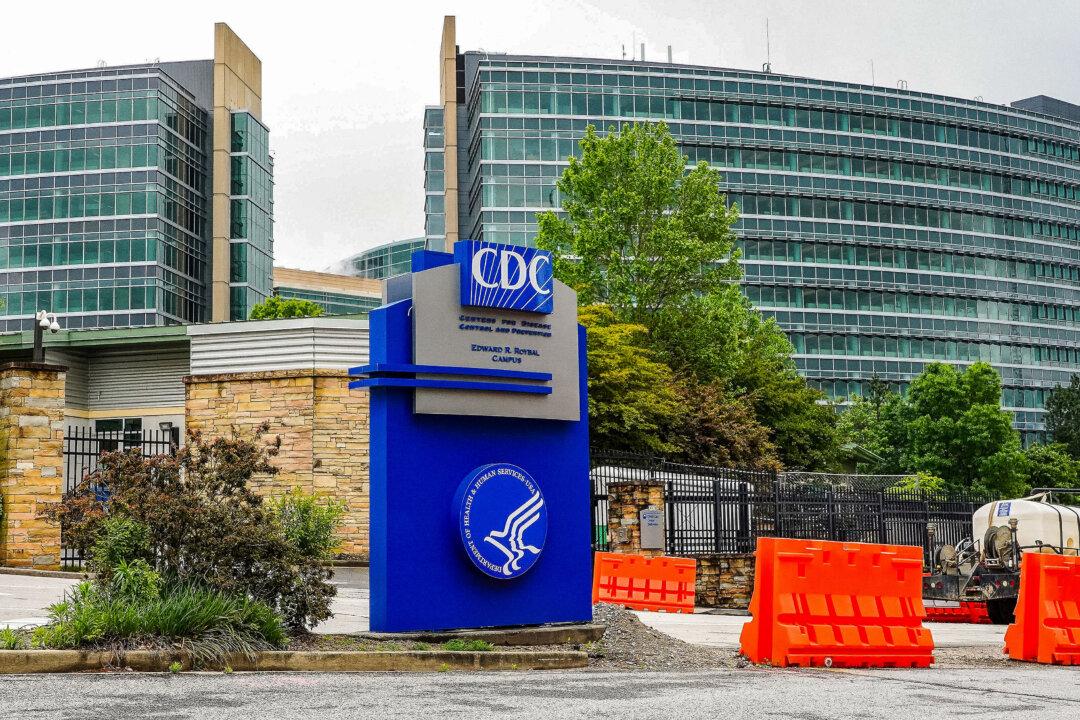A 6.0 magnitude earthquake struck the Sumba area in Indonesia, according to the U.S. Geological Survey (USGS), just days after a 7.5 magnitude quake hit hundreds of miles away, killing at least 1,000 people.
The quake hit near Nggongi, Indonesia, which is located hundreds of miles south of Sulawesi, the area that was hit by the 7.5 quake and tsunami on Sept. 28. The city of Palu was hammered by a significant tsunami (as shown in the top video).




